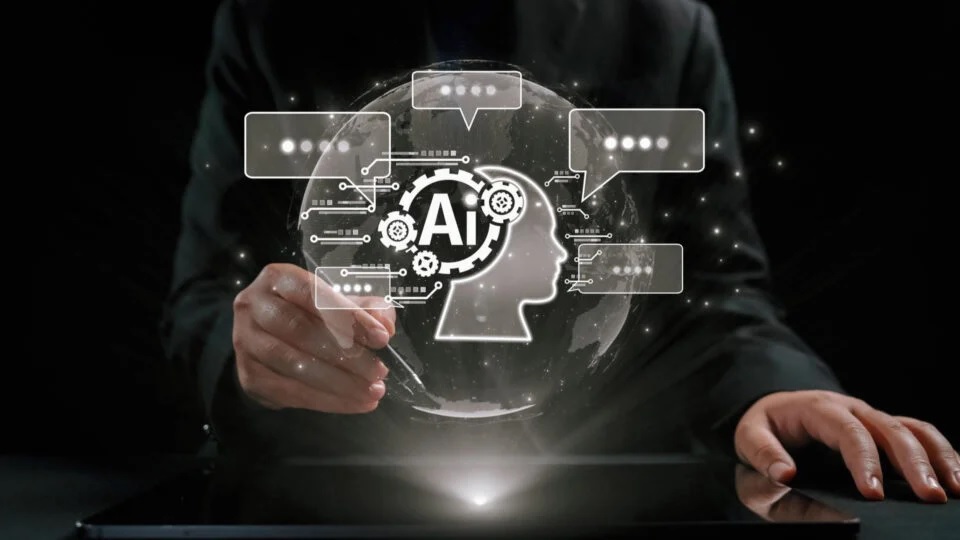
Artificial intelligence (AI) is a relatively new field that has rapidly evolved into a major influence on the strategic direction of organizations. Its significance extends far beyond automation, enhancing complex decision-making processes. AI is both a risk and a tool for managing risk—a paradox that organizations must confront as they navigate the landscape of 2024 and beyond.
The Risks Introduced by AI
However, AI also brings new risks that organizations must address. One significant concern is the ethical implications of AI-driven decisions. Bias in lending or hiring processes, for example, may arise if AI systems reinforce existing prejudices based on historical data, leading to unfair outcomes.
The focus on ethical AI has intensified in 2024, with governments and organizations working on frameworks to make AI applications more transparent and equitable. The European Union’s AI Act exemplifies this effort by regulating high-risk AI systems and holding organizations accountable for the decisions made by AI tools.
Another risk lies in the potential misuse of AI systems. Hackers or malicious actors could manipulate algorithms, leak sensitive data, or create deceptive deepfakes. As deep learning techniques become more advanced, so do the tactics employed by bad actors. While AI enhances risk management, it simultaneously demands robust security measures to guard against emerging threats.
Balancing Risk and Opportunity
Effectively managing AI requires a systematic approach that embraces its benefits while remaining vigilant to potential risks. This involves preparing employees to adopt AI solutions while educating them about associated challenges.
Clear regulatory frameworks are essential to ensure AI is used ethically and responsibly. Regular audits and evaluations of AI systems can help organizations address biases and comply with legal requirements. By tackling these challenges proactively, businesses can unlock AI’s full potential for both managing and mitigating risks.
The dual role of AI as both a risk and a risk management tool defines the modern business landscape. Organizations that recognize AI’s strategic value and incorporate it into their planning will be well-positioned to thrive. The improvements in decision-making, efficiency, and risk forecasting that AI offers are too significant to ignore.
However, these opportunities come with responsibility. Companies must adopt ethical AI practices and ensure robust data protection to avoid negative societal impacts. Failure to address these issues could have serious consequences, not only for businesses but also for society as a whole.
Ultimately, the question is not whether to adopt AI but how to implement it sustainably and responsibly. Leaders with a vision for ethical AI usage will not only mitigate risks but also unlock new opportunities previously beyond reach. As business environments continue to evolve rapidly in 2024 and beyond, organizations that fail to adapt will fall behind. Integrating AI as both a tool and a mandate is essential for any innovative organization looking to succeed.
To Know More, Read Full Article @ https://ai-techpark.com/ai-is-both-a-risk-and-a-tool/
Related Articles –
The Rise of Serverless Architectures
Top Five Best AI Coding Assistant Tools
Trending Category – AItech machine learning